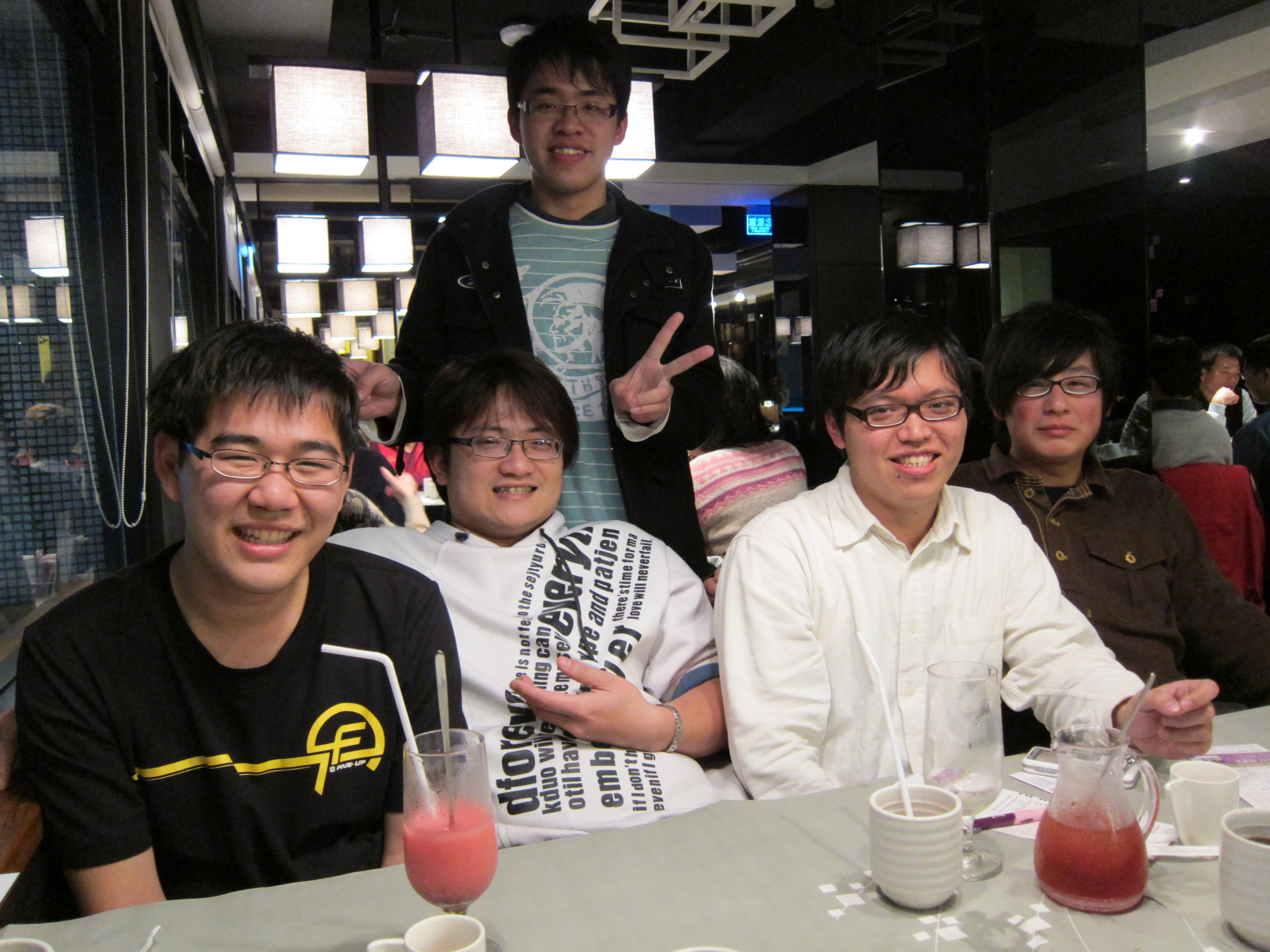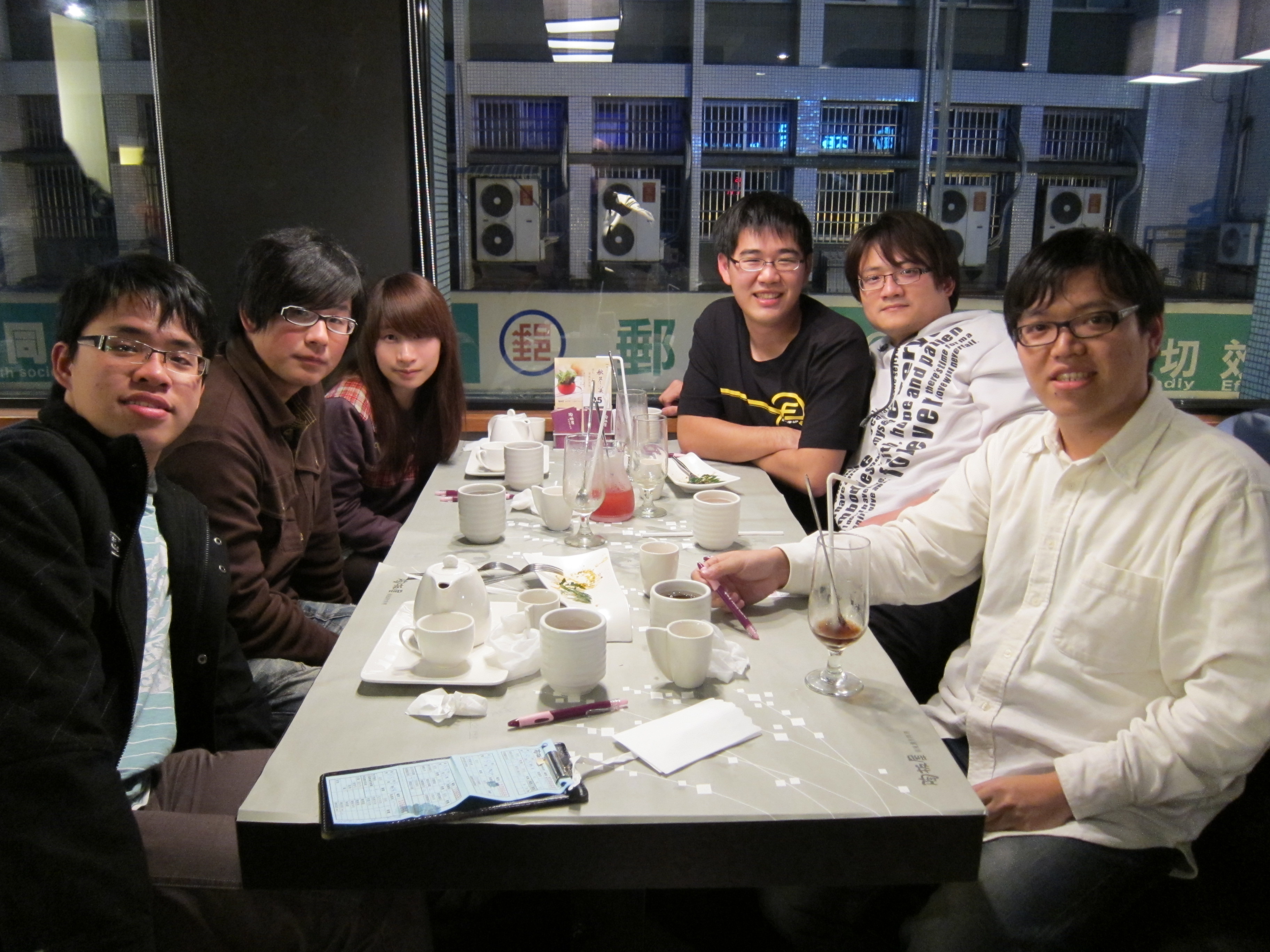Research
Research
![]() Key Areas
Key Areas
Nano Optics, Integrated Optics based on Surface Plasmon Polaritons, Nanostructured Optoelectronic Devices and Physics, Electromagnetic Problems in Photonics
![]() Research Descriptions
Research Descriptions
Nano Optics
Nanoscale dielectric research
In nanophotonics, nanoscale dielectric materials are ubiquitous and have a direct impact on device functionality and performance. To be able to predict the performance accurately at nanometer-scale sizes in these structures, it is essential to know the optical properties of the constituent materials. In nanophotonic applications, dielectric materials play a central role. For particular device configurations, it may be necessary to have alternatively high index materials, low index materials, high birefringence materials, or low birefringence materials. For reliable and reproducible photonic structures, the index of refraction and the birefringence of these dielectrics must be controllable by design. Therefore, understanding the optical properties, in particular, the indices of refraction and the birefringence, of these nanoscale dielectrics is fundamentally important. This knowledge is needed, for example, to provide various indices of refraction and birefringences for the design of future nanophotonic integrated circuits.
By evaluating directly the summation of induced-dipole-electric-field contributions from all individual atoms within the entire dielectric volume, we theoretically predicted that the dielectric properties of the finite cubic crystal lattices change from isotropic to birefringent (uniaxial or biaxial) when the entire dielectric volume is changed from a cube to a rectangular parallelepiped in shape. In finite tetragonal crystals the birefringence increases with the increasing lattice constant ratios. The largest uniaxial birefringence occurs for non-cube dielectric volume with tetragonal lattices.

Integrated Optics based on Surface Plasmon Polaritons
High-index contrast dielectric waveguides have been in widespread use for many years as they offer a strong mode confinement, dense integration, low propagation loss (if smooth sidewalls are attainable), and the ease of fabrication through mature semiconductor technologies. However, further downscaling waveguiding structures is hampered by the natural diffraction limit. Strong sub-wavelength field confinement thus becomes crucially important. Nanophotonics using surface plasmon polaritons (SPPs), also termed as plasmonics, has been attracting much renewed attention worldwide in the last decade and is now considered as a promising solution for the implementation of optical nanocircuitry. However, with the development of silicon-on-insulator technologies, plasmonic waveguides show marginal advantages over their dielectric-based counterparts in terms of the propagation loss and waveguide dimensions. In view of bringing light from long-haul optical networking into chip-scale photonic circuits by pushing the envelope of the current technologies, combining the advantages from both dielectric- and plasmonic-based structures, which may be complimentary to each other in nature, could pave the way toward high-performance, ultrahigh-density optical nanocircuitry in the future.

Plasmonic waveguide Bragg grating in metal/multi-insulator configuration

Plasmonic-Mode-Assisted Polarization Splitter

Plasmonic-Mode-Assisted Sharp Waveguide Bend

Nanostructured Optoelectronic Device and Physics
Solar Energy Conversion via Internal Photoemission in Aluminum, Copper, and Silver: Band structure Effects and Theoretical Estimates

Internal Photoemission for Photovoltaic Using p-Type Schottky Barrier: Band structure Dependence and Theoretical Efficiency Limits

![]() Recent Projects
Recent Projects
| Position | Project | Project Duration | Funding Agent | Grant (NT$) |
| PI | Photoelectric conversions based on internal photoemission in periodic subwavelength metal-dielectric multilayered structures | 2014-08-01 ~ 2017-07-31 | Ministry of Science and Technology, R.O.C. (Taiwan) | |
| Co-PI | Germination Project for Research Achievements, NTHU (3/3)(102-3011-P-007-001-) | 2013-11-01 ~ 2014-10-31 | Ministry of Science and Technology, R.O.C. (Taiwan) | |
| Co-PI | Germination Project for Research Achievements, NTHU (2/3)(101-3011-P-007-001-) | 2012-11-01 ~ 2013-10-31 | National Science Council, R.O.C. (Taiwan) | |
| PI | Strong Coupling in Lossy Optical Nanocircuitry – Take Novel Plasmonic Waveguide Polarization Splitter as an Example (101-2221-E-008-078-) | 2012-08-01 ~ 2013-10-31 | National Science Council, R.O.C. (Taiwan) | |
| PI | Polarization-Insensitive Subwavelength 90-degree Waveguide Bends in Metal/Multi-Insulator Configuration (NSC-100-2221-E-008-061) | 2011-08-01 ~ 2012-10-31 | National Science Council, R.O.C. (Taiwan) |
![]() Facilities
Facilities
Lenovo P620 WorkStation x 1
- AMD Threadripper Pro 3975WX
- 256 GB DDR4 3200 MHz RDIMM ECC Memories
HP Z840 Workstation x 2
- Intel® Xeon® processors E5-2697 v3@2.30 GHz, 25 MB cashe, 10 Cores, 1st CPU
- Intel® Xeon® processors E5-2697 v3@2.30 GHz, 25 MB cashe, 10 Cores, 2nd CPU
- 160 GB DDR4 2133 MHz ECC Memories
HP Z820 Workstation x 1
- Intel® Xeon® processors E5-2696 v2@2.60 GHz, 20 MB cache, 8 Cores, 1st CPU
- Intel® Xeon® processors E5-2696 v2@2.60 GHz, 20 MB cashe, 8 Cores, 2nd CPU
- 192 GB DDR3 1600 MHz ECC Memories
HP Z800 Workstation x 1
- Intel® Xeon® processors X5670@2.93 GHz, 12MB cashe, 6 Cores, 1st CPU
- Intel® Xeon® processors X5670@2.93 GHz, 12MB cashe, 6 Cores, 2nd CPU
- 96 GB DDR3 1333 MHz ECC Memories
Lenovo ThinkStation C30 x 1
- Intel® Xeon® processors E5 2690@2.90 GHz, 20MB cashe, 8 cores, 1st CPU
- Intel® Xeon® processors E5 2690@2.90 GHz, 20MB cashe, 8 Cores, 2nd CPU
- 128 GB DDR3 1800 MHz ECC Memories
Lenovo ThinkStation S30 x 1
- Intel® Xeon® processors E5 2680 v2@2.80 GHz, 25MB cashe, 10 Cores
- 128 GB DDR3 1800 MHz ECC Memories
Software Packages
OptiFDTD v10 from Optiwave Inc., COMSOL Multiphysics 3.5, MATLAB, Microsoft Developer Fortran Power Station
Publications and Patents
Courses Offered
Undergraduate Courses - Required
OS2003 Electromagnetics (I) (Fall 2018, Fall 2019)
OS2004 Electromagnetics (II) (Spring 2019, Spring 2020)
OS2010 Microelectronics Laboratory (Spring 2009, Spring 2010)
OS2011 Semiconductor Physics in Optoelectronics (Fall 2008 - Fall 2012)
Undergraduate Courses - OptionalOS3002 Introduction to Photonics (Spring 2014)
OS3016 Electromagnetics (III) (Fall 2020)
Graduate Courses
OS6023 Radiometry and Detection
OS6072 Semiconductor Optoelectronic Physics and Devices (Lectured in English)
OS7104 Integrated Optics (Lectured in English)
OS7160 Physical Foundations of Semiconductor Optoelectronics (Lectured in English)
OS7168 Electromagnetic Princples of Photonics (Lectured in English)
OSA020 Electromagnetics
Graduate-Level Special Topics
OS6060 Special Topics on Integrated Optics
OS7131 Special Topics on Electromagnetic Theory (Lectured in English)
OS7183 Speical Topics on Optoelectronic Physics and Devices
People
- None
- Ph.D. students:
None
- MS students:
Fall 2018
Spring 2020Kuo-Hwa Lai
Kuo-Hwa is currently a section manager of MEMS & Photonic Engineering in ASE group.
- Research area: Plasmon-enhanced Si photodector with OE packaging considerations
Fall 2020Kuan-Yu Hwang
- Research area: Hot-carrier-based NIR photodetection
Jung-Jun Dong
- Research area:Hot-carrier-based NIR photodetection
- Undergraduate students:
None
- Ph.D.:
- None
- MS:
2010
You-Chang Liu
 Thesis: A 90-degree Waveguide Bend in Metal/Multi-Insulator Configuration for Silicon-Based Optical Nanocircuitry
Thesis: A 90-degree Waveguide Bend in Metal/Multi-Insulator Configuration for Silicon-Based Optical NanocircuitryGuo-Yuan Luo
2011
Thesis: A Novel Metal/Multi-Insulator/Metal Waveguide Plasmonic Bragg Grating
Yu-Ting Chen
Thesis: Broadband Omnidirectional Antireflection Coatings for Metal-Backed Solar Cells Optimized Using Simulated Annealing Algorithm Incorporated with Solar Spectrum
2012Wei-Lung Li
 Thesis:Directional-Coupler-Based Polarization Splitting in Asymmetric Metal/Multi-Insulator Configuration for Optical Nanocircuitry
Thesis:Directional-Coupler-Based Polarization Splitting in Asymmetric Metal/Multi-Insulator Configuration for Optical Nanocircuitry
Chun-Yu Chen
 Thesis: Higher-Order-Mode-Synthesized Waveguide Plasmonic Bragg gratings Using Semi-Analytical Approach
Thesis: Higher-Order-Mode-Synthesized Waveguide Plasmonic Bragg gratings Using Semi-Analytical Approach
2013
Tsung-Han Hsieh
2014 Thesis: Design and Analysis of Plasmonic Waveguide Bends Using Conformal Mapping Incorporated with Transmission-Line Network Approach: Comparisons with Numerical Results.
Thesis: Design and Analysis of Plasmonic Waveguide Bends Using Conformal Mapping Incorporated with Transmission-Line Network Approach: Comparisons with Numerical Results.
Chiao-Wei Hsu
 Thesis: Resonant Coupling of TE Wave Incidence to Asymmetric Metal-Dielectric Multilayered Structures at Optical Frequencies.
Thesis: Resonant Coupling of TE Wave Incidence to Asymmetric Metal-Dielectric Multilayered Structures at Optical Frequencies.
Chi-Sheng Lai
Thesis: Investigation of Lossy-Film-Induced Optical Effects for Maximum Transmittance into Absorption Layers of Thin-Film Solar Cells.
Yu-Huan Chen
 Thesis: On the Radiatoin-Mode Enabled Resonant Optical Tunneling in Asymmetric, Single Barrier Potential System with Metal
Thesis: On the Radiatoin-Mode Enabled Resonant Optical Tunneling in Asymmetric, Single Barrier Potential System with Metal
2015
Tsung-Hsien Yu
Thesis: Photonic-to-Hybrid Plasmonic Polarization Mode Converter
2016
2017Ko-Han Shih
Thesis: Theoretical Investigations of Solar Energy Conversion
Based on Internal Photoemission in MetalsKarthicraj Muthuramalingam
Thesis: Polarization-Insensitive Two-Dimensional Periodic Metallic Absorbers in Structured Metal-Insulator-Metal Configuration for Plasmon-Enhanced Photoelectric Conversion
Ren-Wei Feng
Thesis: Mode-Evolution-Based Embedded Si Strip-to-Hybrid-Plasmonic Waveguide Polarization Mode Converter
2019Kuo-Yu Lee
Thesis: Standard-CMOS-Process-Based Avalanche Photodiodes with T-shaped Polysilicon Gratings
Chun-Yu Hsiao
Thesis: Hot-Electron-Based, Coupled-Plasmon-Enhanced Plasmonic Photodetector at Visible Frequencies
- Bachelor:
Chun-Yu Chen (2010), Hong Chen (2011), Chi-Sheng Lai (2012), Tsung-Tsien Yu (2014), Ko-Han Shih (2014), Wen-Yen Chiu (2014), Da-Qing Zi (2014)
We constantly look for M.S. and Ph.D. students who are
- interested in electromagnetics, semiconductor physics, or solid state physics,
- not afraid of engineering math or mathematical methods for physics,
- self-motivated, patient, dare to explore things having no standard answers, and not getting frustrated easily.
If you appreciate having weekly/biweekly one-on-one meeting with Prof. Chang and believe this may be of any help to you, you are the one who shall enjoy your study/research in this group.So please contact Prof. Chang for more details.

Lab Activities
|
|
|
||||||||||||





